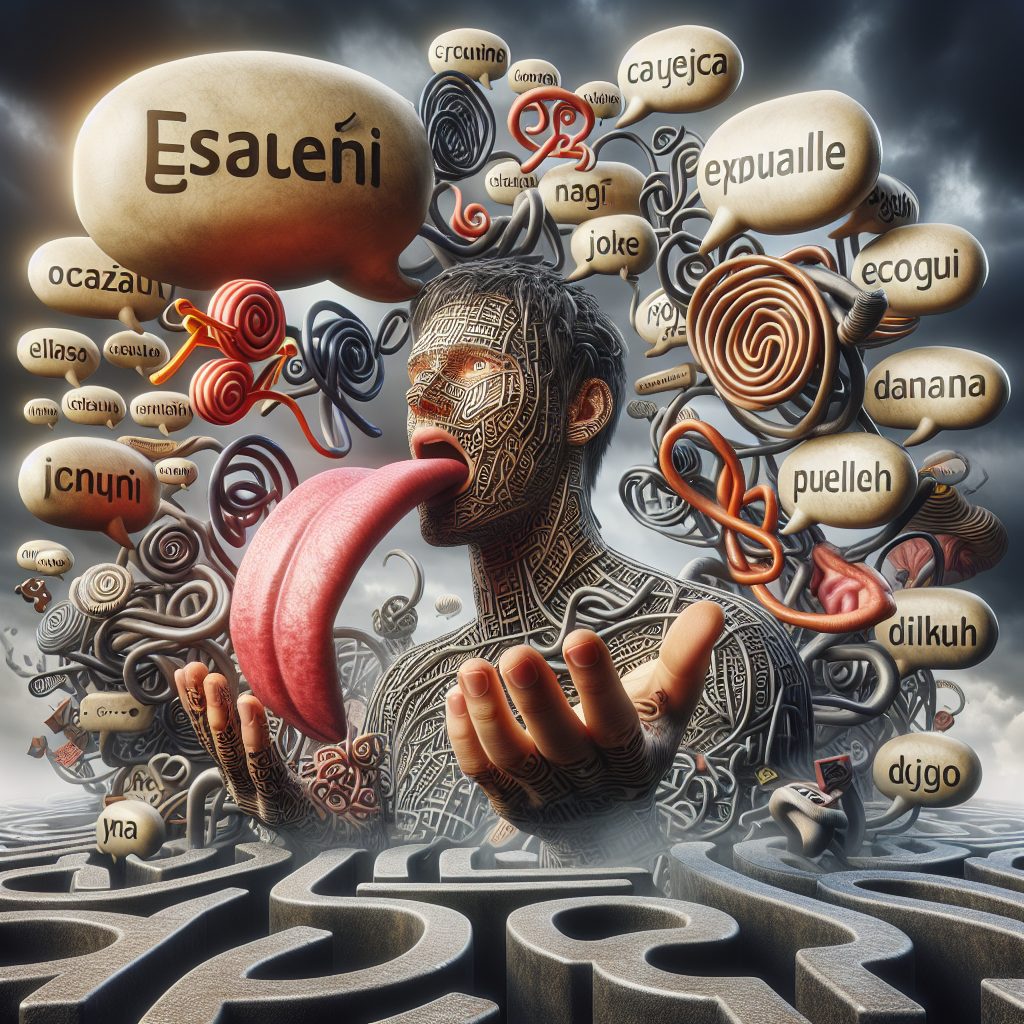Sardinian language is a fascinating topic that dives into the rich linguistic diversity found on the Mediterranean island of Sardinia. With its long history and unique characteristics, the Sardinian language stands as a testament to the enduring nature of linguistic traditions.
Dating back thousands of years, the Sardinian language has its roots in ancient Latin, with influences from other languages such as Catalan and Spanish. This linguistic evolution has resulted in a distinct phonetic system and grammar, setting it apart from other Romance languages. One of the fascinating aspects of the Sardinian language is its incredible diversity, with various dialects spoken throughout the island. This diversity is a testament to the island’s complex history and the cultural richness that has shaped the Sardinian identity.
In the upcoming sections of this article, we will delve further into the key takeaways of the Sardinian language. We will explore the impact of linguistic diversity on the island, examining how it has shaped cultural expressions and traditions. Additionally, we will discuss the importance of language preservation in a globalized world, and the efforts being made to ensure the longevity of the Sardinian language. From exploring the unique features of dialects to understanding the cultural implications of language diversity, this article aims to provide a comprehensive overview of the Sardinian language and its significance in the modern era.
Key Takeaways
1. Sardinian language is a unique and ancient Romance language spoken in the autonomous region of Sardinia, Italy, known for its remarkable linguistic diversity and variations.
2. The language displays rich phonological, morphological, and lexical variability across different dialects and communities on the island, making it a valuable case study for linguists and researchers studying language diversity and evolution.
3. The Nuorese dialect, spoken in central Sardinia, stands out as particularly distinct and linguistically interesting due to its archaic features derived from the ancient Paleo-Sardinian language.
4. Language variation in Sardinian is largely influenced by historical and geographical factors, including ancient migrations, isolated communities, and differences in political and economic development, contributing to the development of diverse dialects.
5. Efforts are being made to preserve and promote the Sardinian language, including the use of Sardinian in education and media, with the aim of revitalizing its use and safeguarding its linguistic heritage for future generations.
What is the Linguistic Diversity of Sardinian Language?
Sardinian Language Overview
Sardinian language is an ancient Romance language spoken primarily in the Italian island of Sardinia. It is considered one of the most distinctive and preserved languages in the Mediterranean. With its rich history and linguistic diversity, Sardinian has several unique features worth exploring.
Dialects and Varieties
Sardinian language exhibits significant linguistic diversity, with several dialects and varieties spoken across the island. The four main dialects are Campidanese, Logudorese, Gallurese, and Sassarese. These dialects possess distinct phonetic, grammatical, and lexical characteristics, highlighting the intricate linguistic tapestry of the Sardinian language.
Latin Influence
Being a Romance language, Sardinian has a strong historical connection to Latin. The language has preserved many Latin features that have been lost or modified in other Romance languages. The influence of Latin on the Sardinian language is evident in its vocabulary, grammar, and phonetics, making it an intriguing subject for linguistic research.
Influence from Surrounding Languages
Sardinian language has also been influenced by other neighboring languages and cultures. Due to its geographical location, Sardinian has absorbed elements from Catalan, Spanish, Italian, and Corsican. These influences have shaped the linguistic diversity and unique characteristics of the Sardinian language.
Socio-Linguistic Status
Despite its linguistic significance, the Sardinian language has faced challenges and a decline in usage over the years. Italian has become the dominant language in Sardinia, with Sardinian being predominantly used in informal settings and rural areas. Efforts are being made to promote and preserve the language through cultural initiatives, education, and recognition of its importance in maintaining Sardinian identity.
Language Revitalization
The linguistic diversity of the Sardinian language has sparked initiatives aimed at revitalizing and promoting its usage. Language courses, cultural events, and the development of written resources in Sardinian have contributed to its preservation. These efforts play a crucial role in maintaining linguistic diversity and ensuring the survival of the Sardinian language for future generations.
3 Tips for Embracing Sardinian Language Linguistic Diversity
- Immerse Yourself: Engage with native speakers, explore the various Sardinian dialects, and experience the linguistic diversity firsthand.
- Learn the Basics: Enroll in Sardinian language courses or use online resources to familiarize yourself with the language’s grammar, vocabulary, and pronunciation.
- Support Preservation Initiatives: Show your support for Sardinian language preservation efforts by attending cultural events, purchasing Sardinian literature, and raising awareness about its linguistic diversity.
Frequently Asked Questions
1. What is Sardinian language linguistic diversity?
Sardinian language linguistic diversity refers to the variety of dialects and language variations found within the Sardinian language spoken in the Italian island of Sardinia. It encompasses multiple regional variants, each with its peculiarities and unique features.
2. How many different dialects are there in Sardinian?
There are numerous dialects in the Sardinian language, estimated to be around two dozen. Some well-known dialects include Logudorese, Campidanese, Nuorese, Gallurese, and Sassarese. Each dialect has its own pronunciation, vocabulary, and grammatical nuances.
3. Are the Sardinian dialects mutually intelligible?
While there is a certain degree of mutual intelligibility between the various Sardinian dialects, speakers from different regions may face difficulties in understanding each other completely. However, most Sardinians can comprehend the standardized written form of the language.
4. How does Sardinian relate to other Romance languages?
Sardinian is considered one of the closest living relatives of Latin, making it a distinct Romance language. While it shares similarities with Italian, Spanish, and other Romance languages, Sardinian maintains its own distinct phonological and morphological traits.
5. Is Sardinian recognized as an official language?
Despite its historical and cultural importance, Sardinian is not recognized as an official language in Italy or by the European Union. However, it is protected as a “language of home and heart” under the Italian Constitution.
6. How is Sardinian language diversity preserved?
Sardinian language diversity is preserved through various means, such as cultural initiatives, educational programs, and the efforts of local communities. Organizations and associations actively promote the use of Sardinian in literature, music, and other forms of artistic expression.
7. Are there any efforts to revitalize endangered Sardinian dialects?
Yes, there are ongoing efforts to revitalize endangered Sardinian dialects. Language preservation initiatives focus on raising awareness, supporting language education in schools, and documenting dialects to ensure their survival and transmission to future generations.
8. Can non-Sardinians learn to speak Sardinian?
Yes, non-Sardinians can certainly learn to speak Sardinian. There are learning resources available, such as textbooks, language courses, and online materials, to help interested individuals gain proficiency in the language.
9. Is Sardinian still widely spoken in everyday life?
While the use of Sardinian varies in different regions, it is still actively spoken by a significant portion of the population. In some rural communities, Sardinian remains the primary language of communication, particularly among older generations.
10. Are there any Sardinian-language media outlets?
Yes, there are Sardinian-language media outlets that contribute to the preservation and promotion of the language. Radio stations, newspapers, and online platforms offer content in Sardinian, allowing speakers to engage with the language in different contexts.
Final Thoughts
The linguistic diversity within the Sardinian language truly reflects the rich cultural heritage of the island. Despite the challenges it faces, the efforts to preserve and revitalize the various dialects are commendable. Sardinian serves as a reminder of the linguistic treasures that exist beyond the well-known languages, offering a unique lens into the history and identity of the people of Sardinia.
As language diversity in the world continues to decline, it becomes crucial to recognize and support endangered languages like Sardinian. By understanding and appreciating linguistic diversity, we not only contribute to cultural preservation but also deepen our understanding of human expression and the interconnectedness of our global society.






